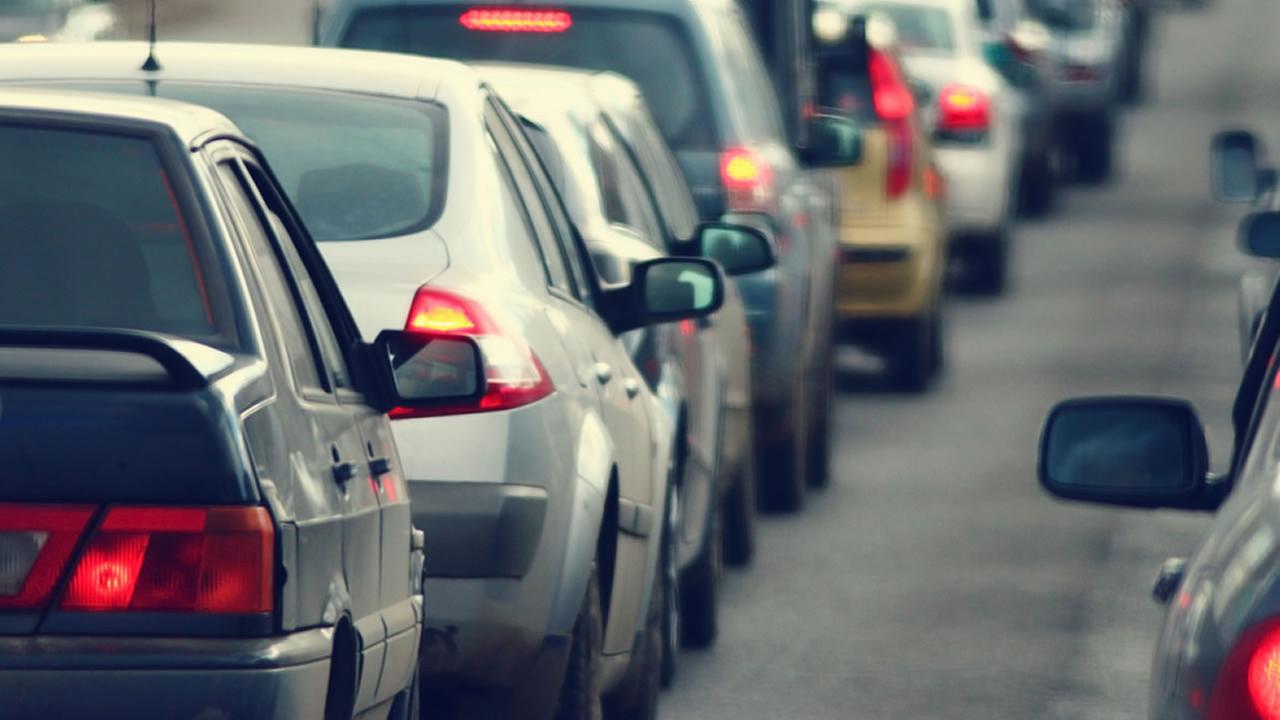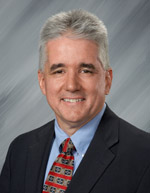Traffic Studies: Question and Answer Session

 Anderson Bogert Principal and Traffic Engineer Jeff Morrow, PE, provides insight on traffic studies, such as determining when a traffic study is needed, the type of results produced from a traffic study, how the traffic study process works, and more.
Anderson Bogert Principal and Traffic Engineer Jeff Morrow, PE, provides insight on traffic studies, such as determining when a traffic study is needed, the type of results produced from a traffic study, how the traffic study process works, and more.
What generally prompts a traffic study?
There are two general conditions that prompt a traffic study. The first is when there is an existing problem with the operation or safety of a public improvement, such as a street or intersection. This could be congestion during the peak commuter period or if a series of crashes is observed. The traffic study can analyze the street or intersection to determine why the problem is occurring and present solutions to correct the problem. The second condition is when a significant development is proposed at a location that will generate new traffic loading on the street system and/or change the patterns of traffic on the street system. For example, if a shopping mall is proposed at a location, the mall will generate a substantial amount of traffic and will usually require improvements, such as additional through or turning lanes, to maintain safe traffic operations on the street system after the site is constructed and open for business.
Do communities have specific rules regarding when a traffic study is needed?
Some communities have specific rules as to when a traffic study is needed. Because the public street, sidewalk, and trail system all carry traffic and provide access to property, all traffic studies are conducted and coordinated with the jurisdiction that has authority over the transportation system (usually a city, but also occasionally with the state’s Department of Transportation).
What is provided as a result of a traffic study?
When a traffic study is performed, an organized report is provided with one or more recommendations based on data and information collected, such as traffic counts, crash reviews, costs, etc. The report documents issues, while providing an array of solutions. Traffic studies look at traffic operations (how traffic flows and is regulated). For example, a traffic study may show that a turn lane into or out of a site or at an intersection may be necessary to accommodate the new traffic. Or, a traffic study may show that a traffic signal is warranted. Traffic studies also look at safety, such as adding a left turn arrow at a traffic signal to correct left turning accidents at a signalized intersection, adding special pedestrian crossing beacons to improve pedestrian safety, and so forth.
What is the process for a traffic study?
Data is collected and models are built to try to replicate the existing issues and problems. If we can replicate in our computer models what we see in the field, then we can reasonably expect our models to tell us what will happen when we change the model conditions (e.g., add a shopping mall into the model to see how the model reacts). The existing conditions are studied for various time horizons, such as during morning and evening commutes. Those are the times in which the street system is under the most stress and adding traffic from a site development will typically result in the most significant impacts. The study also looks at future traffic – typically 20 years out – to plan ahead to ensure none of the proposed short-term solutions create a problem in the long term. Once models are calibrated, solutions are developed and tested with the models. Then, traffic engineers work with their client to develop the best solutions in terms of operations, safety, and budgetary needs.
How does that modeling occur?
Various software is used to model traffic. At Anderson Bogert, we use several traffic analysis software packages that are specialized in signalized and unsignalized intersections, roundabouts, pedestrian accommodation, bicycle compatibility, safety analyses, and so forth. Ninety percent of our traffic study work is done with a software program called Synchro. Programs like this one allow us to create a life-like, 4D model that shows roadways, cars, pedestrians, buildings, and more, moving in a real-time simulation. For example, we can model a downtown street and add renderings of the actual buildings along that street so the simulation looks like the location we are modeling for traffic analysis purposes. This is very helpful when presenting to the public because people can see the buildings they are familiar with and how the proposed traffic improvements will operate. With the model, you can literally see the traffic lights change colors, the cars and pedestrians moving on the street network, and any backups, congestion, or other issues.
How do clients know they are getting a quality traffic study?
A traffic study needs to consider traffic operations and safety for all modes of transportation, whether by car, bicycle, transit, pedestrian, and freight (heavy truck). A quality traffic study will identify the current conditions and issues, evaluate how those conditions will change over time, and make feasible recommendations to best serve the traveling public.
We say feasible recommendations because some traffic solutions that may technically work aren’t practical to implement. For example, if adding a turn lane will improve traffic operations, but the widening to add the lane will require the demolition of an historic structure, that solution may be technically correct, but impractical.
Traffic studies should be conducted adhering to the following principles:
• Validity – Scientifically valid process and technical accuracy
• Inclusiveness – Work with the transportation system jurisdiction (city, county, state, etc.) to develop reasonable, sustainable solutions
• Fairness/Transparency – Make sure all sides are treated fairly, and when appropriate, present the study to the public in a way that the public can understand the findings, conclusions, and recommendations of the study

